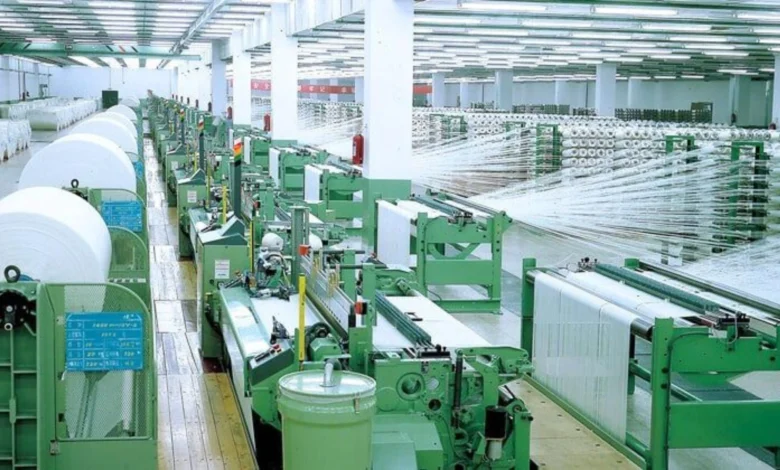Centre Plans Easier Loans for Textile MSMEs, Meeting held with MDs of PSU Banks

| ➡️ Get instant news updates on Whatsapp. Click here to join our Whatsapp Group. |
On July 22 evening, top officials from the Ministry of Finance and Ministry of Textiles met with the Managing Directors (MDs) of major public sector banks like State Bank of India (SBI), Punjab National Bank (PNB), and Bank of Baroda (BoB). The goal is to make it easier for the textile sector, especially Micro, Small and Medium Enterprises (MSMEs), to get loans and working capital.
The textile and apparel industry plays a big role in India’s economy. It contributes about 2% to the country’s GDP and is the second-largest employer after agriculture, providing millions of jobs directly and indirectly. The government wants to increase textile exports to ₹9 lakh crore by 2030. To achieve this, improving credit availability for MSMEs is essential.
Key Focus Areas of the Meeting
Officials discussed several important topics to support the textile sector:
- Fixing credit flow issues that make it hard for textile businesses to get loans.
- Making more working capital available, which is the money needed for day-to-day operations.
- Creating a lending framework that suits the specific needs of the textile industry.
The government is thinking about making policy changes and offering incentives to banks so they lend more to textile MSMEs. Many of these businesses operate in labour-intensive and export-driven areas, and they need reliable access to funds to grow and compete globally.
The textile business runs in seasons and depends heavily on exports. But banks currently don’t offer loan products that are designed for these unique conditions. Even though textiles are part of the priority sector lending category, MSMEs often face high interest rates, complicated paperwork, and delays in getting government subsidies, such as those under the Technology Upgradation Fund Scheme (TUFS).
What is TUFS?
TUFS is a government scheme that provides capital subsidies to textile businesses so they can modernize their equipment and become globally competitive. However, delays in receiving these subsidies hurt the cash flow of small businesses.
New Proposals for Textile Sector
Some new ideas being discussed include:
- A credit rating system specifically for the textile sector (similar to CIBIL scores) to help banks better evaluate loan risks.
- A common green fund to finance sustainable technologies like energy-efficient machines and water-saving processes. This would help businesses meet the stricter environmental standards now expected by global buyers.
What Industry Groups Are Demanding
Industry bodies have already spoken to the ministries and made several suggestions:
- Relax rules under the Credit Guarantee Fund Trust for Micro and Small Enterprises (CGTMSE).
- Lower interest rates on loans for working capital and export-related finance.
- Ensure timely payment of TUFS subsidies.
Why Banks Hesitate to Lend to Textile Sector
Banks see textile MSMEs as risky borrowers for a few reasons:
- The sector is fragmented and often informal, especially in powerloom clusters and small processing units.
- Delayed payments from buyers, both in India and abroad, create cash flow problems.
- Many MSMEs do not have proper KYC (Know Your Customer) records or transparent trade practices, making it harder for banks to trust them.
These challenges lead to hesitant lending, where banks prefer to play it safe instead of offering much-needed loans.
